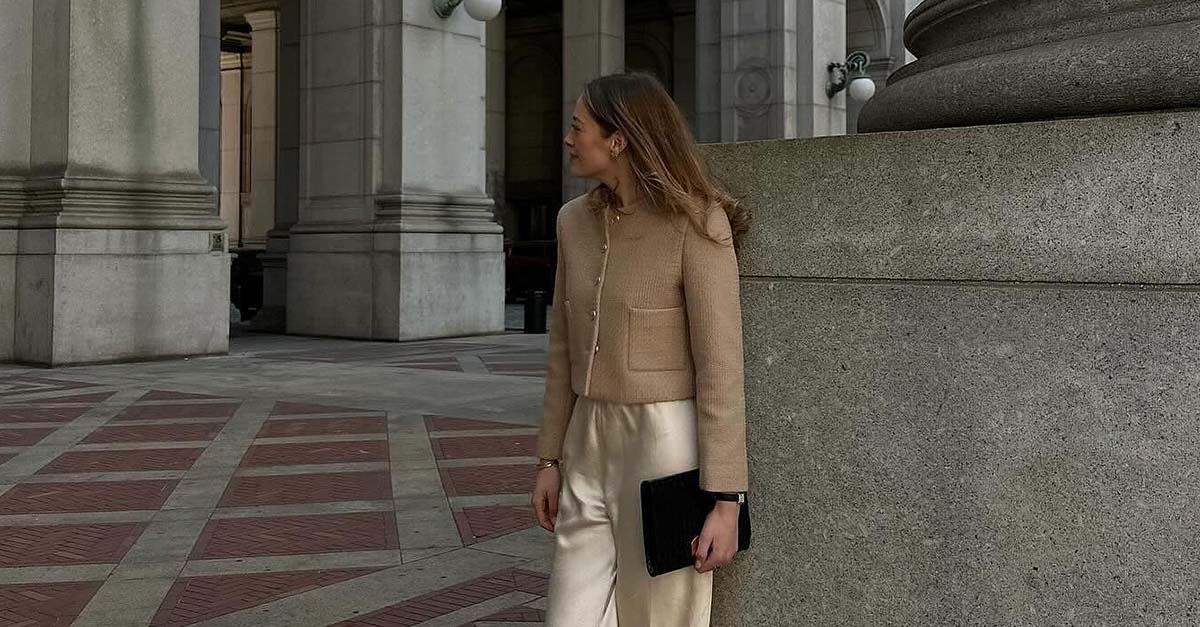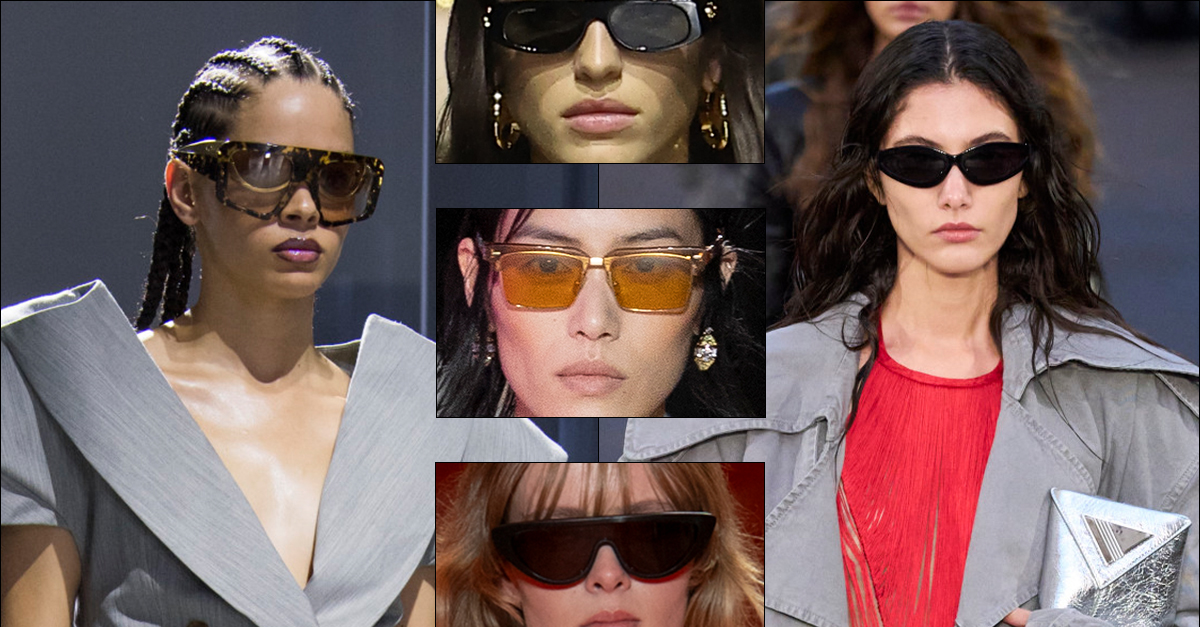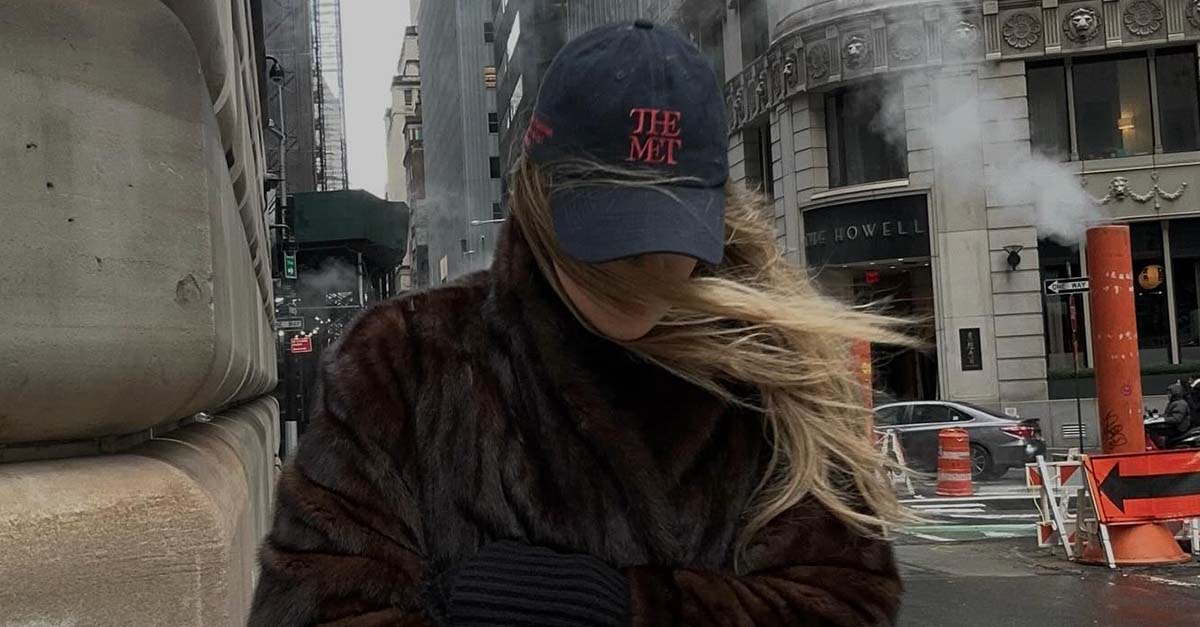
When people talk about the firsts for Black models in fashion, Beverly Johnson’s name had long been mentioned as the first Black model to grace the cover of Vogue. However, our November 2020 cover featuring Zendaya highlighted a recent shift in perspective, acknowledging the legacy of Donyale Luna and effectively putting on Johnson’s accolade. Beverly was indeed the first Black model to cover American Vogue. Donyale was the first to cover any issue of Vogue, with British Vogue in 1966. Now, in a new HBO documentary, Donyale’s trailblazing legacy and tragic story of both self-determination and an undeniable talent that was before her time, is explained in detail.
Donyale Luna was the creation of Peggy Ann Freeman, a Detroit native. Her famed moniker was self-appointed and even her accent was a product of her own creation. As the documentary, now available for streaming on Max, shows, all of this was a means of escaping from a troubled home life, from which the young star eventually fled, taking up residence in New York City.
A regular of Andy Warhol’s Factory crew in the 1960s, Donyale’s first brush with history happened with Harper’s Bazaar. After arriving in Manhattan in 1964, she appeared on the January 1965 cover as a drawing, the first Black woman to receive such a booking. In April of the same year, esteemed photographer Richard Avedon shot her for a series of editorials inside the magazine. In backlash, advertisers pulled their placements and readers in the American south began to cancel subscriptions. Designers also reportedly refused to allow their garments to be worn by Donyale.
“Donyale Luna discovers after all the successes of Harper’s Bazaar, that there is a glass ceiling for beautiful Black women,” Richard J Powel, a noted scholar of African-American art and culture, says in Donyale Luna: Supermodel. “Madison Avenue basically said ‘Well, we just won’t feature her in our publications.’” The incident kicked off a recurring relationship between the stunner and the fashion industry: after hard-earned progress, backlash would sharply curtail Donyale’s progress. As the film illustrates, this happened against the backdrop of the American Civil Rights movement.
Just a year after Harper’s Bazaar, Luna had relocated to London and again ingratiated herself in the cultural scene. With friends like The Rolling Stones and Mia Farrow, she became a sensation: TIME magazine noted her beauty in an article titled “The Luna Year.” Jet magazine called her “the most photographed girl of 1966” and even American Vogue reportedly named her the “Model of the Year.” In March of that year, photographer David Bailey photographed her for the cover of British Vogue. The cover shows Donyale with her hand over some of her facial features in what some have assumed to be a bid at hiding her ethnicity. And while publicly Donyale was at the center of all of these accolades, behind the scenes there was backlash.
“It was [Alexander Liberman,] actually, the American creative head of Conde Nast [who said] ‘Don’t ever do pictures like this again otherwise you’ll never work for Vogue again,’” Bailey recalls. “For ages I thought he didn’t like it because they were two girls in the pictures together, but it wasn’t. It was something about them being Black but he couldn’t come out and say it.”
The documentary also highlights that Donyale could have appeared in American Vogue in October of that year. In what has been called by some as the most expensive fashion editorial, and by others the greatest, Richard Avedon shot a 26-page editorial in the Japanese Alps titled “The Great Fur Caravan.” It was Avedon’s first time working for Vogue and for it he campaigned to cast Donyale as the star. Producers for the HBO documentary recovered notes from Avedon’s archive about the casting. Days before departing for the five week trip to shoot the spread, editor in chief Diana Vreeland called Avedon into her office.
“She said ‘Dick, you can’t take Luna to Japan,’” the producer reads from the note. “‘She’s nobody’s idea of what anybody wants to look like.’” But the note goes on. After Avedon called Luna extraordinary, Vreeland reportedly replied, “So was King Kong.” The racist remark is eerily similar to a racial epithet used against Andre Leon Talley, the renowned Vogue editor, as evidenced in his documentary The Gospel According to Andre. Luna was eventually replaced by the German model Veruschka von Lehndorff.
Luna, as fashion’s first Black supermodel, set standards and achieved historic milestones. She was, at times, the highest-paid model, yet high fashion’s virulent racism still stymied her career and has likely contributed to the erasure of her legacy. Donyale Luna: Supermodel attempts to restore what it can of that legacy, not only celebrating the great moments but also exploring the intricate nuances of Donyale’s identity and personal life.








